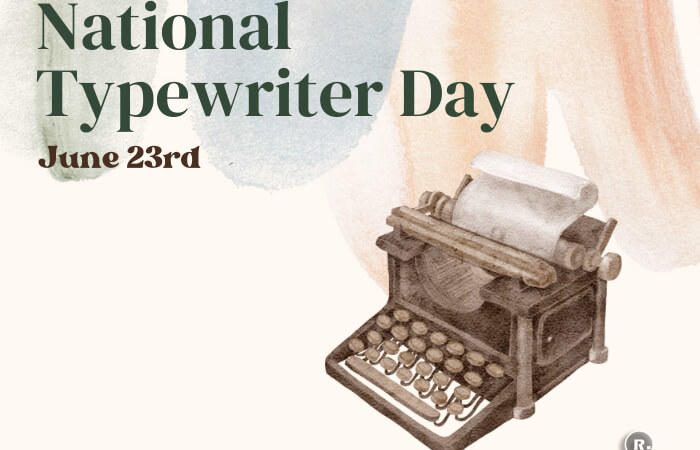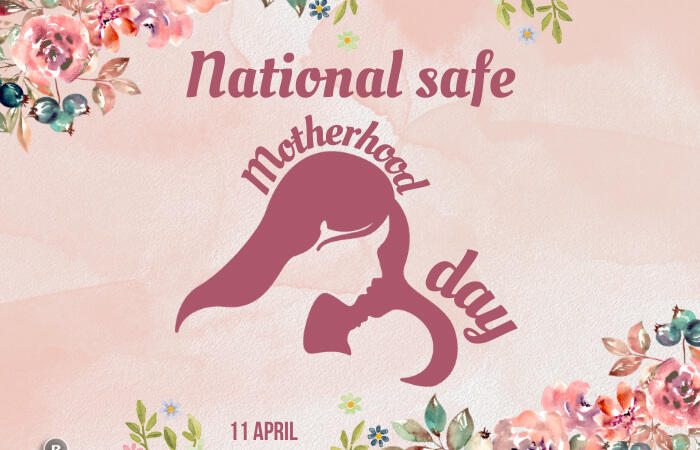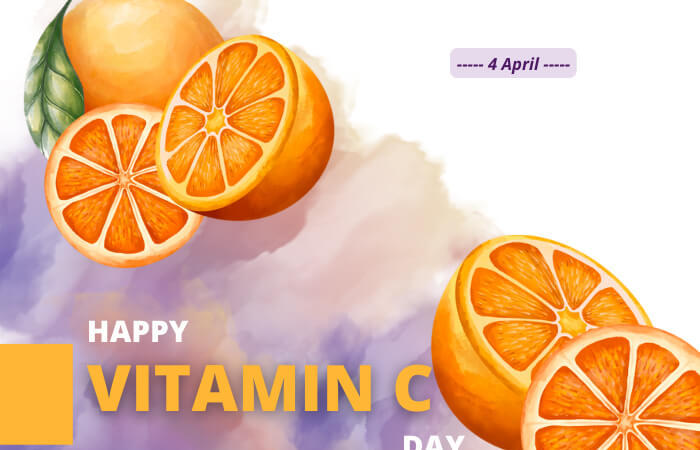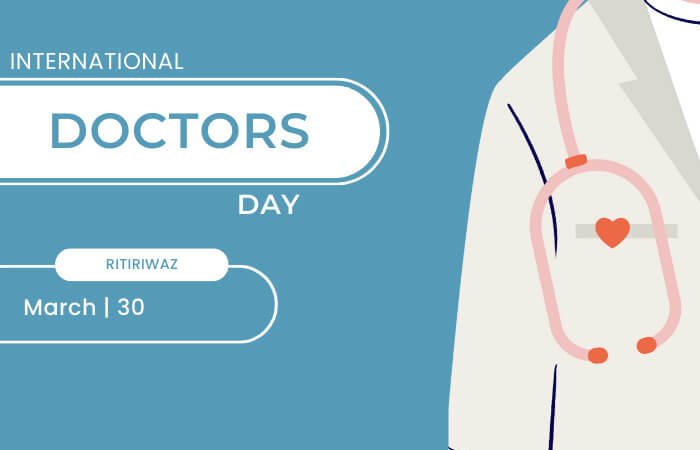Coal Miners Day – 4th May
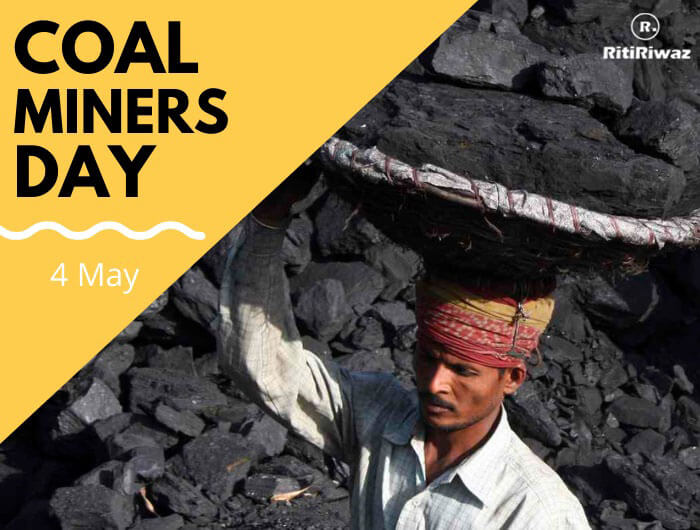
International Coal Miners Day is observed on 4th May every year, to show appreciation for their hard work, and sacrifices. The day honors their accomplishments and highlights the difficulties faced by people working in coal mines.
Mining is one of the most dangerous jobs in the World. Coal Miners put their lives at risk every day, which means extracting coal from the ground (Coal is the most abundant fossil fuel on Earth). Workers face a lot of problems while extracting coals, they contend with health and safety issues as well as an uncertain future.
The dangers of coal mining are well known, and so are the risks that many coal companies take with their workers. Coal miners work underground made them invisible to most other people, as did the fact that many did shift work outside normal working hours. They usually live in small mining villages isolated in the countryside.
Not only are there accidents, but exposure to dust and toxins, along with stress from the working environment or managerial pressures, give rise to a range of diseases that affect miners.
History of Coal Miners in India
People are working as coal miners for centuries, but during the Industrial revolution, mining became very important, when coal was burnt on a large scale to fuel stationary and locomotive engines and heat buildings. Mines are natural resources that accelerate both economic and social development.
In India, coal mining began in 1774 when John Summer and Suetonius Grant Heatly of the East India Company commenced commercial exploration in the Raniganj Coalfield along the western banks of the Damodar river. Demand for coal remained low until the introduction of steam locomotives by railways in 1853.
For centuries, mining activities have constituted a big part of India’s economy. However, it was not always a healthy place to work in. History holds that the coal mines in India were sites of extreme exploitation and massacre in the name of profit. We have come a long way since then. Standing where we are right now, it is quite unimaginable that the mining industry in India went through such horrible days.
After independence, India concentrated more on the mining industry and growth accelerated based on the Five-Year Plans. Today, India has one of the top reserves of coal, oil, natural gas, and metallic and non-metallic minerals like Bauxite, Dolomite, Fluorspar, Gypsum, Iron Ore, Limestone, Copper, Asbestos, Zinc, to name a few. Often the development of coal mines in India is linked to the development of the railway system.
Another enactment, namely the Coal Mines (Taking Over of Management) Act, 1973, extended the right of the Government of India to take over the management of the coking and non-coking coal mines in seven States including the coking coal mines taken over in 1971. The coal mines were taken over as national properties by the BCCL (M/s. Bharat Coking Coal Limited), and CMAL (Coal Mines Authority Limited), both of which merged together to form the Coal India Limited in 1975.
India Mining Wealth
India’s mining wealth is concentrated in Odisha, Andhra Pradesh, Rajasthan, Chhattisgarh, Jharkhand, Madhya Pradesh, and Karnataka. Iron ore reserves are predominantly found in Odisha, Jharkhand, Chhattisgarh, Maharashtra, Goa, and Karnataka. Maharashtra, Madhya Pradesh, Odisha, Andhra Pradesh, and Karnataka are major areas for manganese reserves.
Copper reserves are available in Rajasthan, Madhya Pradesh, and Jharkhand. Zinc reserves are predominantly found in Rajasthan, Andhra Pradesh, Madhya Pradesh, Bihar, and Maharashtra. Chromite ore reserves are available in Odisha, Manipur, Nagaland, Karnataka, Jharkhand, Maharashtra, Tamil Nadu, and Andhra Pradesh.
How is Coal Miner’s Day celebrated?
On this day various organizations and communities raise funds and awareness for other organizations in the coal mining area and workers. The goal of celebrating Coal Miners Day is to highlight all the great amenities that this community has to offer.
Everyday products we use are made up of raw materials excavated from mines. These materials are a result of the work of the miners. We need to spread awareness about the safety of workers who work in coal mining.
“One day work is hard, and another day it is easy, but if I had waited for inspiration, I am afraid I should have done nothing. The miner does not sit at the top of the shaft waiting for the coal to come bubbling up to the surface. One must go deep down and work out every vein carefully.” – Arthur Sullivan
Suggested Read: Important Days In May

